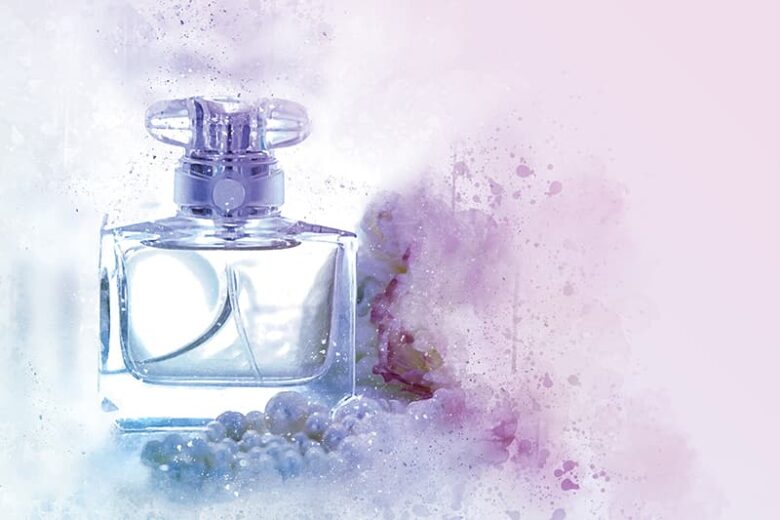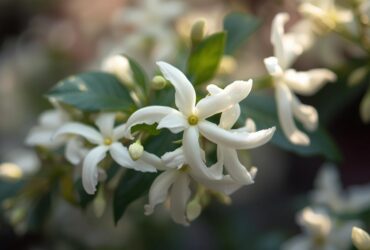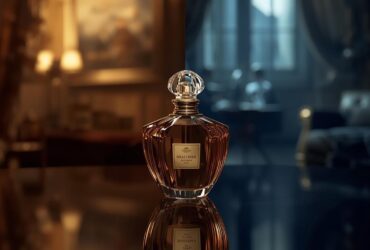The science of fragrance longevity. Have you ever applied a perfume in the morning, only to find that by midday, the scent has faded away? Or, alternatively, have you ever applied a fragrance and found that it lasted all day long, despite your activities? The longevity of a fragrance can be a significant factor in our purchasing decisions, and it’s not just a matter of the quality of the scent. The longevity of a perfume is determined by several factors, including the concentration of the fragrance, the ingredients used, and the way in which the scent is formulated.
The concentration of the fragrance is perhaps the most significant factor in determining how long it will last. In general, the higher the concentration of fragrance oil in a perfume, the longer the scent will linger on the skin. Fragrances are typically categorized by their concentration, with the most concentrated fragrances being perfume, followed by eau de parfum, eau de toilette, and eau de cologne. Perfume contains the highest concentration of fragrance oil, typically around 20-30%, while eau de parfum contains around 15-20%, eau de toilette around 5-15%, and eau de cologne around 2-4%.
The ingredients used in a fragrance can also impact how long it lasts. Certain fragrance ingredients, such as musk and amber, have a natural ability to cling to the skin and linger for an extended period. Other ingredients, such as citrus and floral notes, are more volatile and tend to evaporate more quickly. Fragrance houses can use a combination of both types of ingredients to create a scent that has both staying power and complexity.
Formulation is also a critical factor in determining the longevity of a fragrance. Fragrances are composed of three types of notes: top notes, heart notes, and base notes. Top notes are what you smell when you first apply a fragrance, and they tend to be volatile and evaporate quickly. Heart notes are the main body of the fragrance and give it its character, while base notes are the underlying foundation of the scent and tend to be longer-lasting. By formulating a fragrance with a balanced combination of all three types of notes, perfumers can create a scent that has both immediate impact and lasting power.
Another factor that can impact the longevity of a fragrance is the pH level of the skin. The pH level of the skin can vary depending on factors such as diet and hormones, and this can impact how a fragrance smells and how long it lasts. Perfumers are aware of this and often test their fragrances on a variety of skin types to ensure that the scent will last and smell consistent across different people.
Finally, the way in which a fragrance is applied can also impact its longevity. Fragrances are designed to be applied to pulse points, such as the wrists, neck, and behind the ears. These areas of the body generate heat, which can help to activate the fragrance and make it last longer. Additionally, applying a fragrance to moisturized skin can help to lock in the scent and make it last longer.
In conclusion, the longevity of a fragrance is determined by several factors, including the concentration of the fragrance, the ingredients used, and the way in which the scent is formulated. By understanding these factors, you can make informed decisions when purchasing a fragrance and ensure that you choose a scent that suits your needs and preferences.






Leave a Reply